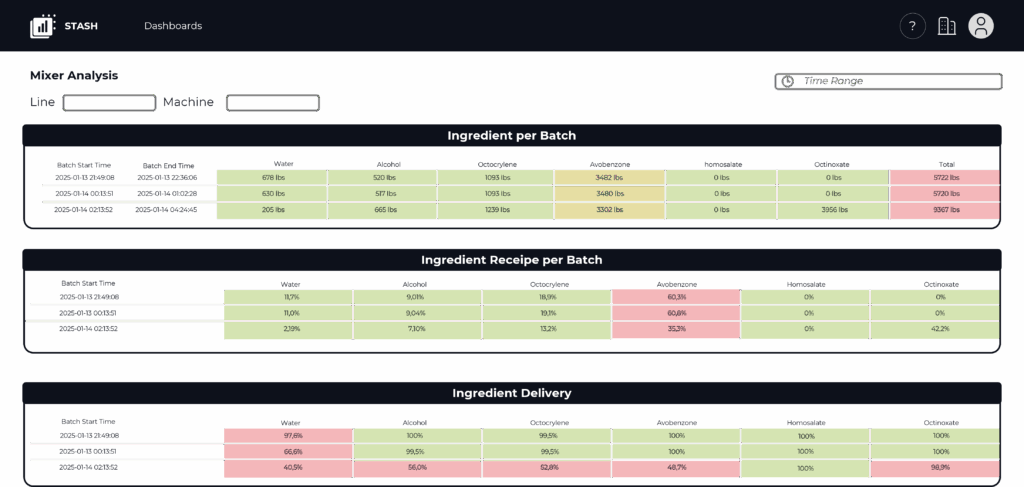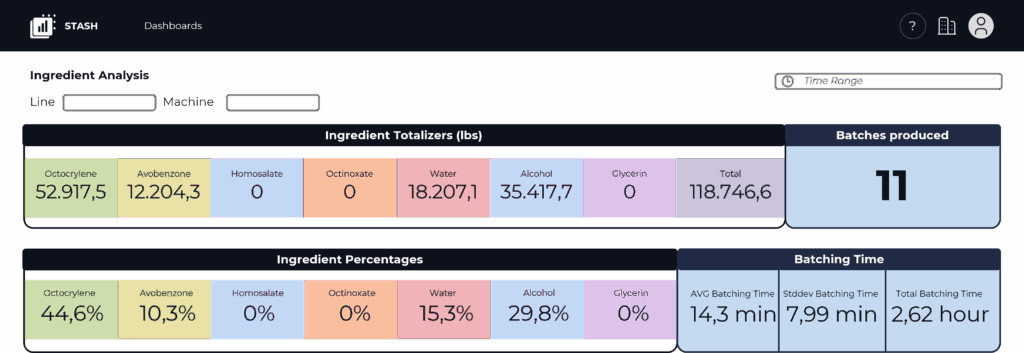The global sunscreen industry has undergone a significant transformation, driven by factors such as increased ultraviolet radiation, growing awareness of skin cancer risks, and demand for more sustainable and technologically advanced products. By 2025, the market will already exceed 20 billion dollars, with projections indicating continued growth until 2029, when it should reach 24 billion.
Brazil stands out as the largest market in Latin America and the third largest in the world, supported by its high sun exposure, public health policies and an innovative cosmetic industry that invests in biodegradable formulas adapted to the diversity of skin types. Companies such as Vitalife Indústria de Cosméticos have invested in expansion strategies, especially in the Northeast, with a focus on efficient distribution and adaptation to local consumer behavior.
The rest of Latin America shows steady growth, driven by urbanization, rising incomes, and valuing self-care, while local and international brands vie for space with strategies that combine affordability and eco-appeal.
In North America, the market is highly regulated and sophisticated, with a strong preference for mineral protectants and multifunctional products, as well as a growing adherence to the clean beauty movement. Globally, the industry is moving towards a convergence between efficacy, safety, and sustainability, with emphasis on the use of ingredients such as zinc oxide and titanium dioxide, and the development of sunscreens that offer protection against blue light, urban pollution, and premature aging.
According to the Federal University of Uberlândia (UFU), projections until 2029 indicate a growth of 60% in Brazil, 43% in Latin America, 40% in North America and 40% in the global market, consolidating photoprotection as one of the pillars of the contemporary cosmetic industry.
Projected Growth Timeline to 2029 (Relative Values - Sunscreen Industry)
Data Analysis applied to the production of Sunscreens
Integrating a robust data science process at every stage of the supply chain is essential to ensure efficiency and innovation in the sunscreen industry. On a production line, for example, sensors installed in industrial mixers enable accurate monitoring of input usage, ensuring that the homogeneity of the mixture is within the defined parameters. The analysis of this data allows you to evaluate the performance of ingredients in real time, optimizing the formulation and reducing variability between batches.

Graphs such as the one in figure 1 illustrate the totalization in units of mass over time, the percentage of each ingredient in relation to the total delivered, as well as statistics such as mean, standard deviation and total production time per batch.

Figure 2 deepens the batch analysis, detailing the amount of each ingredient delivered, its relative proportion and the deviation from the expected value (setpoint), providing a critical view of the consistency of the process. In parallel, sensors in storage tanks monitor levels and prevent contamination, ensuring the integrity of inputs.
In the filling stage, the efficiency analysis of the machines considers both speed and precision, reducing waste and ensuring the standardization of the final volume. In a highly regulated industry like health and beauty products, compliance with standards such as ISO 9001 is mandatory, which requires the implementation of rigorous quality reviews.
Among them, the efficacy tests by in vitro spectrophotometry, which validate the declared sun protection factor; photostability studies, which ensure the maintenance of efficacy after exposure to sunlight; and chemical and microbiological analyses, which ensure the absence of contaminants.
The convergence of automation, data science, and quality control positions the sunscreen industry at a new level of excellence, where innovation and compliance go hand in hand.
Sustainable Operational Efficiency in the Sunscreen Industry
Analyses that integrate performance and sustainability in the mass production of sunscreens represent a strategic frontier of the cosmetic industry, especially in a scenario of increasing regulatory demand and environmental awareness. These analyses not only optimize the use of resources and reduce environmental impacts, but also ensure the consistency and effectiveness of products, critical aspects in a highly regulated industry.
In practice, sustainability in the sunscreen production line starts with the intelligent monitoring of inputs, such as oils, UV filters, and emulsifiers. A study by Springer (2023) points out that optimizing mixing time and process temperature can significantly reduce energy consumption without compromising the stability of the final product. Another relevant point is the use of sustainable packaging, such as recyclable or biodegradable tubes, which are also included in the sustainability metrics of production. Product life cycle analysis (LCA) has been increasingly used to assess the environmental impact from ingredient extraction to packaging disposal.
From an academic point of view, journals such as the Journal of Materials Engineering and Performance and the InternationalJournal of Environmental Science and Technology have published studies that explore the relationship between process engineering, sustainability, and the performance of cosmetic products. These studies highlight the importance of integrating data from different production areas — such as formulation, packaging, utilities, and logistics — to create predictive models that optimize the use of resources and reduce emissions and waste.
In summary, the sustainable production of sunscreens depends on a systemic, data-driven approach that connects operational variables with environmental metrics. This integration not only improves industrial performance, but also strengthens the brand’s reputation and its adherence to the demands of consumers and regulatory bodies.
Learn more about ST-One.